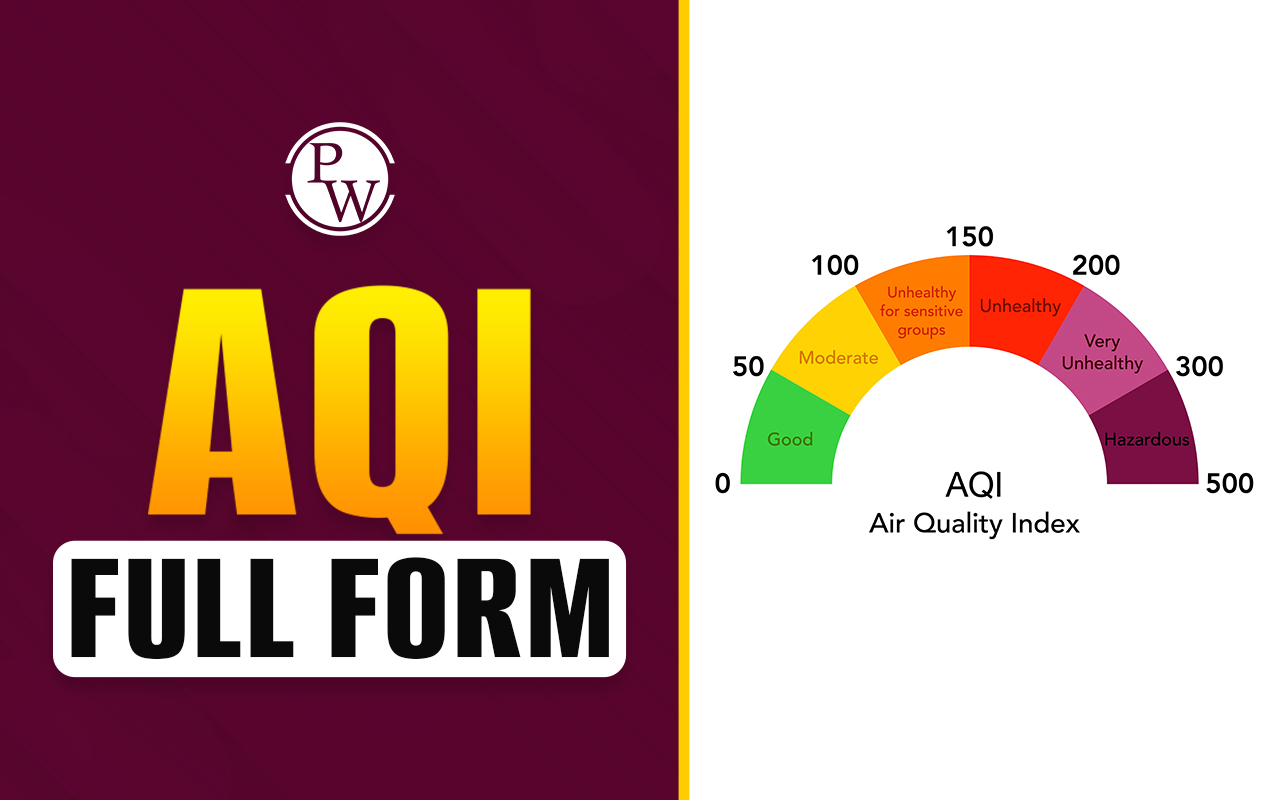
MLA Full Form: MLA is known as Member of Legislative Assembly (MLA). He/she is an important elected representative in the state government system of India. MLAs are chosen by the people through state elections and represent a specific geographical area called a constituency. Their main job is to take the issues and needs of their local people to the state legislative assembly.
In the assembly, they help make laws, discuss policies, and approve budgets that affect the entire state. MLAs act as a bridge between the public and the government, making sure government schemes reach those in need and that the voice of every region is heard in decision-making.
MLA Full Form in Politics
MLA full form in politics is:
M: Member-the one the general body includes.
L: Legislative; this means relating to laws or rules.
A: Assembly: Its meaning is a gathering of people for a definite purpose, for instance, the state legislative body.
MLA Meaning in Hindi
MLA का मतलब है "विधानसभा का सदस्य" या "विधायक"। यह एक चुना हुआ प्रतिनिधि होता है जो राज्य की विधानसभा में अपनी निर्वाचन क्षेत्र का प्रतिनिधित्व करता है। विधानसभा वह जगह है जहां राज्य के कानून बनाए जाते हैं और सरकारी नीतियों पर चर्चा होती है। MLA का मुख्य काम अपने क्षेत्र के लोगों की समस्याओं को विधानसभा में उठाना और उनके हितों की रक्षा करना होता है। हर पाँच साल में विधानसभा चुनाव होते हैं, जिनमें जनता अपने MLA का चुनाव करती है। MLA जनता और सरकार के बीच एक महत्वपूर्ण कड़ी होता है।
Member of Legislative Assembly Meaning
A member of the Legislative Assembly is an elected representative of the legislative assembly of an Indian state. Each MLA is meant to represent a certain geographic area in the state, commonly called a constituency. The people elect MLAs through regular elections every five years; these members assemble in the state legislative assembly.
The most important things done by these legislators include making state laws, discussing and debating the budgets prepared by the state, creating public concern towards virgin issues, and serving as the bridge between the average person and the state government.
MLA Election Process
The elections of MLAs are conducted by a democratic process, whereby every registered voter in every constituency voted for a candidate of his/her own choice. The candidate who wins the highest number of votes then becomes the MLA from that constituency. The MLAs make the state laws and bring state assembly debates on important issues, representing local people.
MLA Roles and Responsibilities
A member of the Legislative Assembly-Member of Legislative Assembly has several key functions and responsibilities in the government of the state. Some of the MLA's duties and functions are listed below:
Lawmaking: An MLA takes part in making, discussing, and amending laws on subjects listed in the State List and the current List as education, healthcare, police, agriculture, irrigation, public health, and local government.
Raising Public issues: MLAs will raise public issues and take the problems of their area to the assembly, such as bad roads, water supply, health services, and education.
Approving Budgets: MLAs will approve and examine the allocations of the state's funds and the supervision use of taxpayer dollars.
Holding Government Accountable: The actions and decisions of the state government are questioned by them under their right of action, thus ensuring transparency and preventing misuse of power.
Developmental Works: Following up on government schemes and development work sponsored in the constituency with implementations.
Electoral Functions: To provide for the election of the Chief Minister and the Speaker/Deputy Speaker of the assembly, and participation in the election of members to the Rajya Sabha and the President of India.
Committee Participation: Serving with assembly committees that examine bills, policies, fund use, and public grievances.
Constitution Duties: To take part in necessary constitutional amendments as well as evaluate and ratify central policies at the state level.
It should also be the voice of the common man in the legislature and connect the people with their government in order to achieve overall progress for the state.
MLA Salary and Allowances
The salary and allowances of a Member of Legislative Assembly (MLA) vary from state to state in India as per the rules laid down by the respective state legislature. A general outline is given below:
Basic Salary: The salary of the MLA is a fixed monthly amount; this varies across states. If one looks at a few such differences, in Delhi it is around ₹30,000, while an MLA from Telangana earns about ₹2,50,000.
Constituency Allowance: This allowance is used to meet expenses in relation to constituency work. This allowance may range from ₹10,000 to ₹25,000 per month.
Travel Allowance: Travel local expenses are reimbursed to MLAs while on official and constituency duties.
Office and Secretarial Allowances: This consists of funds to enable the payment of all expenses related to running their office and salary for staff. This amount may vary, but averages ₹15,000 per month onwards.
Daily Allowance: An allowance for days spent in the session or on official duty.
Other Benefits: Telephone facilities, house rent allowance, medical care, pension upon retirement, and residential accommodation, once in a while.
There is a great difference in salaries; while Telangana, Maharashtra, and Delhi pay significantly higher wages, lower salaries are paid for those in Kerala and Tripura. Adjustments are periodically made by the Assembly of each state to effect the changes.
Difference Between MLA and MP
A Member of Legislative Assembly (MLA) and a Member of Parliament (MP) both play crucial roles in India's democratic system, but their responsibilities and scope differ significantly. An
MLA is elected by voters from a specific state assembly constituency and works at the state level, focusing on state-related issues such as education, health, and local development.
In contrast, an MP represents a larger parliamentary constituency at the national level and is a member of either the Lok Sabha or Rajya Sabha, the two houses of India’s Parliament. MPs deal with national concerns like defense, foreign policy, and the economy. They also serve a five-year term.
|
Difference Between MLA and MP |
||
|
Feature |
MLA |
MP |
|
Level |
State |
National |
|
Area Represented |
State assembly constituency |
Parliamentary constituency |
|
Focus |
State matters |
National matters |
|
House |
State Legislative Assembly |
Lok Sabha/Rajya Sabha |
|
Term |
5 years |
5 years |
|
Leadership |
Can become Chief Minister |
Can become Prime Minister |
MLA vs MLC
MLAs are directly elected representatives serving in the lower house (Legislative Assembly) and have more direct power in lawmaking and government formation. MLCs are members of the upper house (Legislative Council), often indirectly elected or nominated, and perform a reviewing and advisory role in legislation.
Only a few states in India have an MLC. The major difference between an MLA (Member of Legislative Assembly) and an MP (Member of Parliament) is their level of governance and functions. The table below shows the Difference Between MLA and MP
|
MLA vs MLC |
||
|
Aspect |
MLA (Member of Legislative Assembly) |
MLC (Member of Legislative Council) |
|
Election |
Directly elected by the public from a geographic constituency |
Indirectly elected by various groups or nominated by Governor |
|
Term |
5 years |
6 years, with one-third retiring every two years |
|
Minimum Age |
25 years |
30 years |
|
Role |
Lawmaking, representing people's issues in the legislative assembly |
Advisory role, reviewing bills, representing interest groups |
|
Voting Rights |
Can vote on money bills and confidence motions |
Cannot vote on money bills or confidence motions |
|
Accountability |
Directly accountable to the public |
Accountable to Electoral College or the Governor |
|
Presence in States |
All states |
Only in some states with a legislative council |
MLA is an integral part of the Indian political system. One must understand their duties while upholding revenue representation and public accountability. Familiarity with their functions and the procedure through which they are elected, as well as being able to distinguish the MLA from any other representatives, gets the citizenship closer to deployment, understanding the democratic setup and their individual roles therein.
MLA Full Form FAQs
Who is an MLA?
What is the MLA Full Form?
Who can become MLA?
What is the main role of an MLA?
What is difference between MLA and MP?










